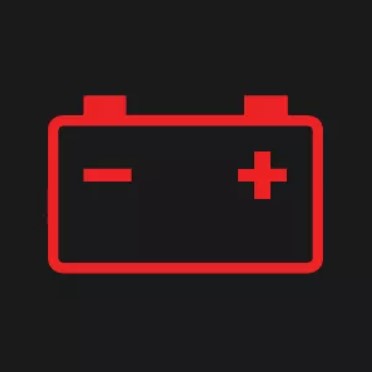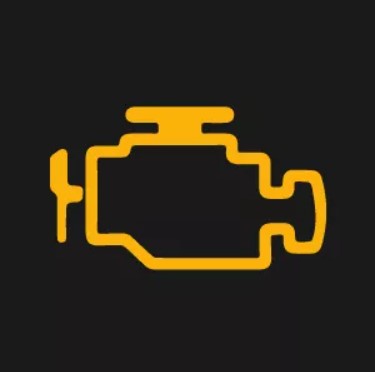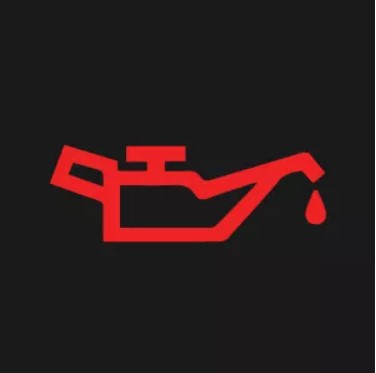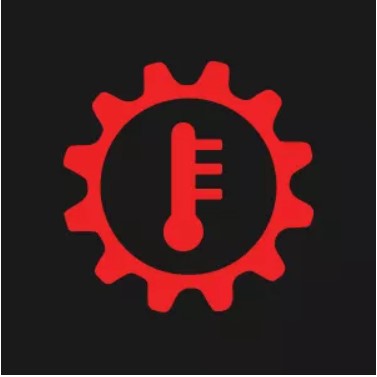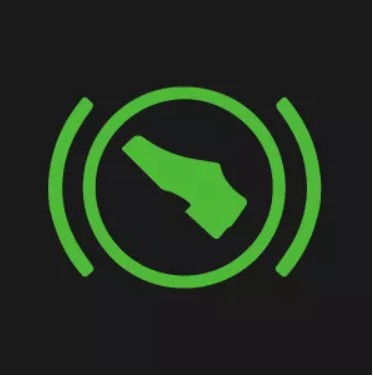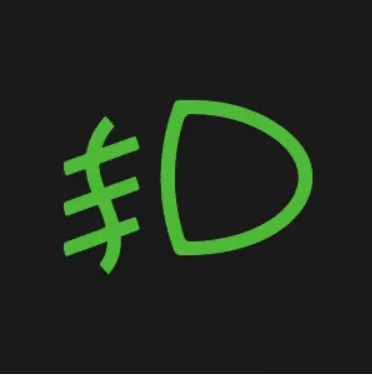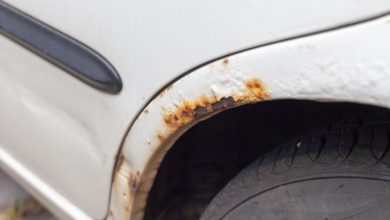Important car dashboard symbols and what they are
All drivers experience this at some point: You are merrily on your way to work, home, or even just driving for the fun of it. A beep catches your attention. You look down and a strange new symbol has appeared on your dashboard. You start to wonder what could be wrong with your car. In this article, we’ll identify all the car dashboard symbols so you know what they are and what to do.

Some symbols on your car’s dashboard are easier to figure out than others. However, it’s important to know exactly what these warning lights mean in case you need to pull over and call for help.
Types of dashboard symbols
There are many symbols on your dashboard. Some are related to vehicle features (lights and brakes), safety (lane departure warnings) or mechanical issues (engine temperature warnings).
When it comes to dashboard lights, colours matter! Green or blue lights simply let you know that a system is on or operating. Orange/yellow warning lights generally signify that your vehicle needs to be serviced or repaired soon. These warnings are less urgent than the dreaded red and/or flashing light.
If you see a red flashing light, take action immediately! Some red dashboard lights are safety warnings (like a seat belt reminder) and others are mechanical (like the engine overheating). But if a red mechanical light appears, find a safe place to pull over and find out what is wrong. Your vehicle may stop working or become damaged if you continue to drive.
As you go through this list, be sure to keep these two points in mind:
1. Every car is different, so the symbols on your dashboard may vary slightly or not exist on your car. If in doubt, consult your vehicle’s owner’s manual!
2. Many of these dashboard lights will illuminate briefly when you turn on your vehicle. This is a systems check, so as long as the lights turn off within a few seconds, everything is operating normally.
Warning Lights
Airbag indicator light
What it means: The airbag warning light signals that something is wrong with one of your airbags or the entire airbag system.
What to do: You should get your car checked out immediately! Your car’s airbags keep you safe during accidents, so it’s important to make sure they are working properly.

Anti-lock braking system (ABS) warning light
What it means: When you brake hard, like on slick roads, the ABS pulses the brakes to prevent your wheels from locking up. If the ABS warning light is on, it means that something is wrong with the system.
What to do: Since this is such an important safety feature, it’s important to have a mechanic diagnose the issue as soon as possible.
Battery alert light
What it means: This light signifies a problem with the vehicle’s charging system. Possible culprits include a loose or damaged battery cable, a bad alternator, or another electrical fault. You may notice your clock light fading or your headlights dimming. Or, in some cases, your car may not start at all.
What to do: Go to a trusted mechanic and get your car battery checked. If your battery is dead, call a trusted mechanic or use another car to jumpstart your car.
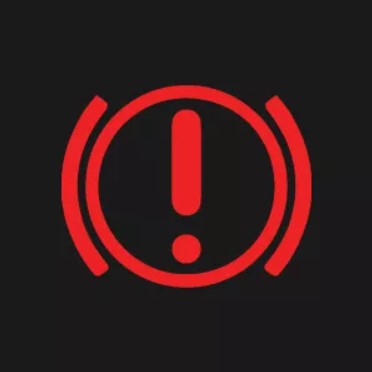
Brake warning light
What it means: If you see this symbol on your car dashboard or the word “BRAKE” in red, then either the parking brake is engaged or there’s a problem with your braking system.
What to do: First, stop and check to see if your parking brake is engaged. Try setting and releasing the brake while your vehicle is in park. If the light is still on even when the parking brake is unengaged, have your car towed by a trusted company.
Check engine light
What it means: Your check engine light may appear for a variety of reasons. Sometimes it is triggered by an open, loose or cracked gas cap, which causes fuel to evaporate. But sometimes it indicates a serious issue, like low oil pressure or overheating! (NOTE: Some car dashboards will display the words “CHECK ENGINE” instead of this symbol.)
What to do: If you haven’t noticed a change in the way the car drives and you don’t notice any unusual sounds or smells, you can continue driving a moderate distance (preferably back home or to a trusted mechanic).
If the check engine light is red and/or flashing, you should stop driving immediately! In most vehicles, a flashing check engine light signals that you have a major problem that could cause serious damage to your engine if you ignore it.
In either case, make sure to get the light checked and the problem repaired as soon as possible.
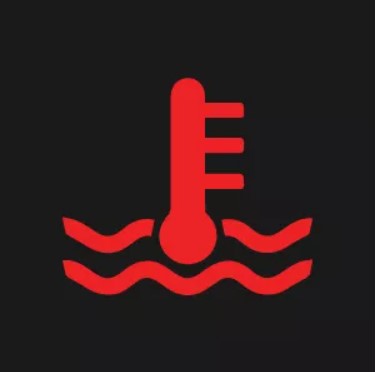
Engine temperature warning light
What it means: Your engine is overheating! This most likely has to do with your coolant (also called antifreeze), but it can happen for a variety of reasons. Some cars show this all the time, with a blue light indicating optimal temperatures like in the first image.
What to do: First, try turning off the A/C. If your car has heating, switch to that. If that doesn’t work after a couple of minutes, pull over as soon as it is safe and turn off the engine. Allow the engine to cool for at least 15 minutes, and do not pop the hood! Opening the hood while the engine is hot could result in burns/injuries from spewing steam or smoke.
While you wait for the car to cool down, you should figure out a plan for what to do next. It’s a good time to call a roadside assistance service to get your coolant topped off or to get a tow to a nearby repair shop.
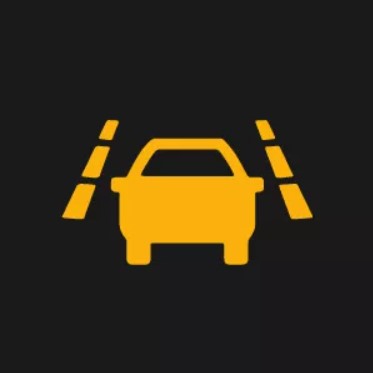
Lane departure warning light
What it means: Many cars produced today come with a lane departure warning safety feature. It activates this light on your dashboard and makes a beeping noise when it detects that your vehicle is drifting out of your lane.
What to do: Correct your steering, if needed. (The light may come on when you are purposefully changing lanes.)
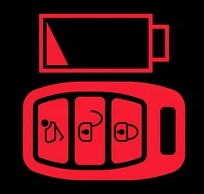
Low key fob battery warning light
What it means: This means your key fob’s battery is low. If the battery runs out entirely your car won’t start or even unlock. Some use a lightning symbol in lieu of a battery.
What to do: Replace the battery ASAP or your car won’t start! Go to your car’s manufacturer or a trusted mechanic as key fobs don’t use regular AA or AAA batteries.
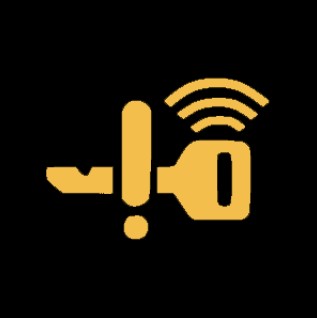
Key fob missing warning light
What it means: Your car does not detect your key fob. This could be caused by a malfunction in the key fob, the car, or both. It could also indicate a weak key fob battery.
What to do: Go to your car’s manufacturer or a trusted mechanic to get your key fob checked out. Better be safe than sorry!
Oil pressure warning lights
What it means: This old-fashioned oil can symbol or the word ‘OIL’ means that there is an issue with your car’s oil pressure system. Either you’re running low on oil or your oil pump isn’t circulating enough fluid to properly lubricate the surfaces inside your engine.
What to do: As poor engine lubrication can cause major engine damage, so this is an important warning to pay attention to! Pull over as soon as it is safe, turn off the vehicle, and check the oil! Pull out the oil dipstick to check the fluid level. If the oil level is low, check the engine block for signs of a leak. The light may go off when you add oil.
If it has enough oil but the engine is running noisy, it might be an issue with the oil pump. If the oil level is okay and the engine is running smoothly, your oil pressure sensor may be malfunctioning. In any case, it’s important to bring your vehicle in ASAP to let a mechanic take a look and address whatever is causing the low oil/low oil pressure.
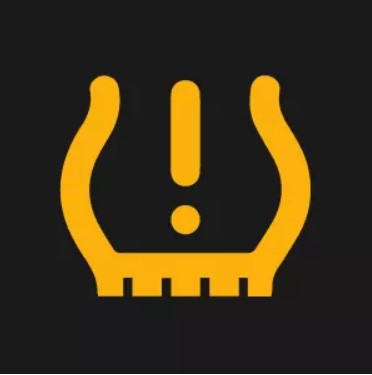
Tire pressure warning lights
What it means: Also known as the Tire Pressure Monitoring System (TPMS) symbol, this image signals an issue with your tire pressure or the TPMS.
If the TPMS symbol is solid, then the pressure in one or more of your tires is too low or too high. If the TPMS symbol flashes for 60-90 seconds when you turn on your vehicle and then stays illuminated, even if your tires are properly inflated, then something is wrong with your TPMS sensors.
What to do: Driving on low- or high-pressure tires is unsafe and can cause damage to your tires. We recommend stopping as soon as possible to inflate or deflate your tires to the correct pressure.
Traction control malfunction light
What it means: This light indicates that your vehicle’s traction control system might have a broken or damaged sensor or some other malfunction. In some cars, the same control module operates the ABS and the traction control system, so sometimes this dashboard light comes on when there are problems with your ABS.
What to do: While this won’t affect your everyday driving, you should get it checked soon to make sure your vehicle will operate safely in cold conditions.
Transmission temperature warning light
What it means: Your transmission is overheating! This could be caused by low transmission fluid, worn transmission parts, heavy towing or something else.
What to do: Pull over as soon as it’s safe and turn off the vehicle. Wait for the vehicle to cool down before attempting to drive again and get to a repair shop as soon as possible. If the light won’t go off and you have a ways to go, it’s best to call a tow truck.
Common Lights
Automatic shift lock/Engine start indicator light
What it means: If you see this dashboard symbol, you’re most likely trying to shift gears or start your ignition without engaging the brake. The automatic shift lock will lock your vehicle in park or neutral until you engage the brake.
What to do: Press the brake pedal, then shift gears or start the ignition, whichever you want to do.
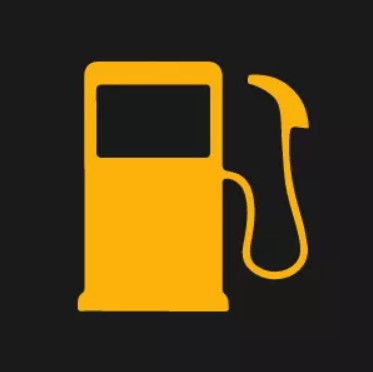
Low fuel indicator
What it means: You’re likely familiar with this dashboard light (maybe a little too familiar!). It simply means your vehicle is running low on fuel. Some cars have this always on, so know your car! Most vehicles have a triangle-shaped arrow next to the gas pump icon on your fuel gauge. This arrow indicates which side of the car the fuel tank is on!
What to do: If you still have a ways to go, don’t push your luck! You never know how weather or traffic patterns will play out, so it’s best to stop at the nearest gas station and fill up.
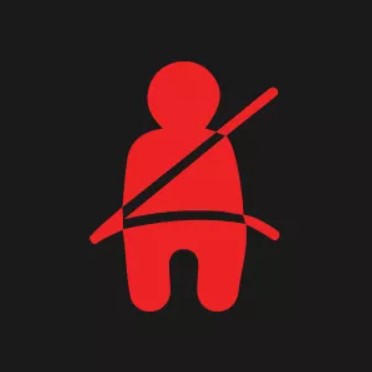
Seatbelt indicator light
What it means: This car light simply reminds you or your passenger to fasten your seatbelts. It is usually accompanied by a repetitive dinging noise.
What to do: Buckle up! According to the CDC, seat belts decrease serious crash-related injuries by about 50%.
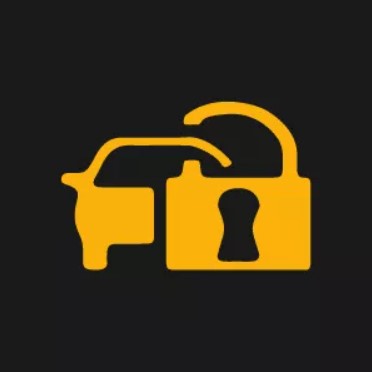
Security indicator light
What it means: If your vehicle has an anti-theft system, then this symbol will blink steadily when the security system is armed. If it is solid and the car will not start, then the immobilization system has activated due to a security threat or malfunction. If it is solid and the car is running normally, then the security system is malfunctioning and needs to be fixed.
What to do: If the vehicle is immobilized, follow your vehicle’s guidelines for how to deactivate the security system. If it’s a malfunction, your security system will not work correctly until you have it repaired.
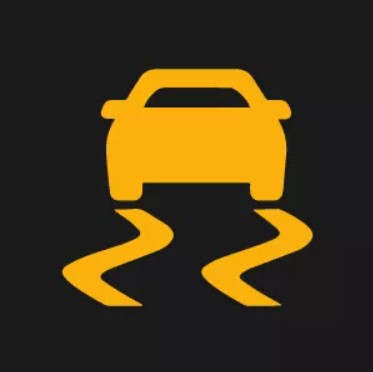
Traction control light
What it means: This light indicates that your vehicle’s traction control system is activated. The traction control system uses your anti-lock brake system (ABS) to determine if one wheel is spinning faster than the others. If it detects that a wheel is slipping, it applies the brakes until the car regains traction. This is most helpful if you’re driving in the rain.
What to do: Continue driving, but be aware of slippery conditions.
Read more: 7 tips to drive safely in the rain
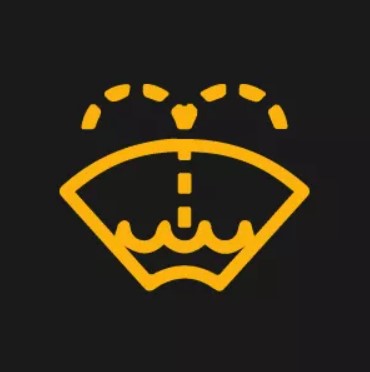
Washer fluid indicator light
What it means: Imitating the motion of your windshield wipers, this dashboard symbol means that you’re low on windshield washer fluid.
What to do: Fill up the reservoir with fluid as soon as you can.
Vehicle Lights

Headlights indicator light
What it means: Your headlights are turned on. Use your headlights when it gets dark so drivers can see you! Do remember to turn them off when you park!

High beam indicator light
What it means: Your high beam is on. High beams should only be used at night or when it is dark. If you turn them on unnecessarily, they can make it difficult for other drivers on the road to see. Do remember to turn them off when you park!
Fog Lamp Indicator Light
What it means: This symbol shows that your fog lights are on. Fog lights should only be used if visibility is less than 100 metres. If you turn them on unnecessarily, they can make it difficult for other drivers on the road to see. Do remember to turn them off when you park!
So here are all the car dashboard symbols you need to know. If there are any missing, let us know so we can add them! And if you are looking to keep your car in tip-top condition, maybe check out myTukar! We offer maintenance packages that cover your every need!


